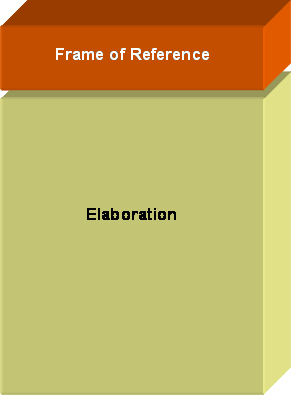The Science Of Scientific Writing Set H Location in Sentences Multi-part Sentences Exercise 1 Maps for Sentences Exercise 2 Simple Sentences Final Page .
OVERVIEW: The way to well-written science
PART I: Paragraphs and Sentences
SET A: Paragraphs: The Maps Behind Them
SET B: Paragraphs: Using Maps to Meet Readers' Expectations
SET C: Paragraphs with Something Extra: Points and Tails
SET D: The Generic Section: Expectations and Maps as Blueprints
SET E: Scientific Sections: The Methods and Results
SET F: Scientific Sections: The Discussion
SET G : Scientific Sections: The Introduction
SET H : Sentences
SET I : The Paper as a Whole
PART II: The Paper and its Sections
SET 1: Argument Parts
SET 2: Indicator Words
SET 4: Locating Arguments in Prose
SET 5: Rationale's Essay Planner
SET 6: Evidence in Arguments: Basis Boxes
Synthesis 1: Position-Early Paragraphs
Synthesis 2: Position-Final Paragraphs
Synthesis 3: Writing a Discussion I
Synthesis 4: Writing a Discussion II
Location, Location, Location: Sentences are expected to fit the Familiar First pattern too
 So far we have looked at the expectations that readers have of paragraph and section structure. We have seen that the most important feature is that each type of text unit provides an early frame of reference followed by an elaboration. Optionally one may include some sort of conclusion, in the form of a Point Sentence (for a paragraph) or one or more concluding paragraphs (for a section).
So far we have looked at the expectations that readers have of paragraph and section structure. We have seen that the most important feature is that each type of text unit provides an early frame of reference followed by an elaboration. Optionally one may include some sort of conclusion, in the form of a Point Sentence (for a paragraph) or one or more concluding paragraphs (for a section).
Since Frame of Reference content is usually older, more familiar information, we can also characterise (a) the basic pattern, and (b) the pattern with a conclusion, as follows:
(a) Older - Newer
(b) Older - Newer - Even Newer
These expectations are also relevant to the structure of the paper as a whole, and we will look at how they apply at that level in the next set. Unexpectedly for many people, these "Familiar First" expectations also apply to sentences. In a "simple" sentence (i.e. composed of a single clause only) readers expect early content to provde older, familiar, referencing content, with newer, less familiar content being located in the final part of the sentence (Older - Newer). With a "multi-part sentence" (explained on the next page) the reader expects either the Older - Newer pattern, or the Older - Newer - Even Newer pattern (the latter coinciding with the Early - Middle - Final parts of the sentence).
Thus the location of content within a sentence (i.e. early, middle, or final) is an important factor in the way that readers interpret the content's role. In linguistics the older and newer content of a sentence are technically referred to either as topic - comment or theme - rheme, respectively, and the early - final pattern is described as a feature not just of English but of most other languages as well.
In this Set we will start by looking at the importance of location in multi-part sentences.
......